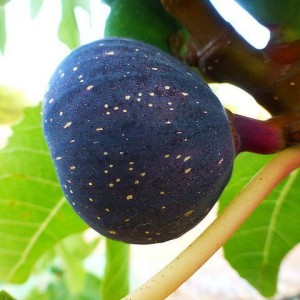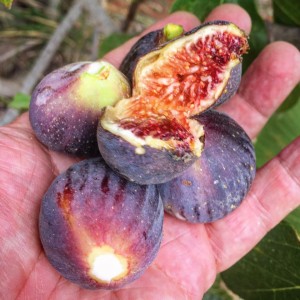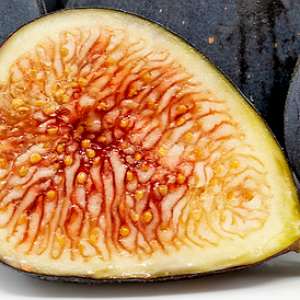Pellejo de Toro
Pellejo de Toro Information


-
Possible Synonyms / AKA:
Pellejo De Torera -
Introduced By:
-
Origin:
Spain -
Main Flavor Group:
Exotic - Deep, rich flavor often found in varieties like Black Madeira and Preto, delivering an intense, complex taste that feels luxurious and distinctive. -
Family Group:
-
Fig Type:
Common - Self fertile and will grow anywhere conditions are suitable -
Cold Hardy:
No -
Container Variety:
N/A -
Easy Rooting:
N/A -
Main Season:
late -
Availability:
N/A -
Breba Crop:
Yes -
Seed Crunch:
mild -
Eye:
N/A -
Skin Toughness:
chewy -
Fruit Size:
Medium to large -
Rain Resistance:
N/A -
Tree Vigor:
N/A -
External Links:
Description
It seems that the origin of the fig tree is the Mediterranean and its fruits have been highly appreciated by the different cultures that have settled on the shores of this sea over the years. But other sources indicate that the fig comes from the countries of the Middle East, ranging from the Mediterranean to western Asia. However, ancient civilizations in the eastern Mediterranean used the fig long before it reached Europe.
Probably its cultivation began in southern Arabia from where it extended to the rest of the countries. Possibly the Phoenicians were those who spread the cultivation of the fig tree in Cyprus, Sicily, Malta, Corsica, Balearic Islands, Iberian Peninsula, France. The Greeks brought the fruit to Palestine and Asia Minor.
The variety 'Pellejo DE Toro' is native to the southeast of Spain where it is grown in the region of Murcia and province of Alicante.
The fig tree 'Pellejo DE Toro' is a uniferous variety of Common Fig type. Figs ripen very late from September to November, as long as there is a good temperature for ripening.
The 'Pellejo DE Toro' figs have a globose shape and marked ribs. The skin is thin and consistent, Black violet, with a white dotted and some marked uniform cracks that give the fig a showy appearance. They are dense, firm and flexible. When it rains, the Ostiole opens forming a star crack. Suitable for fig for fresh consumption. It is one of the most cultivated varieties in the southeast of Spain for its excellent quality figs.












